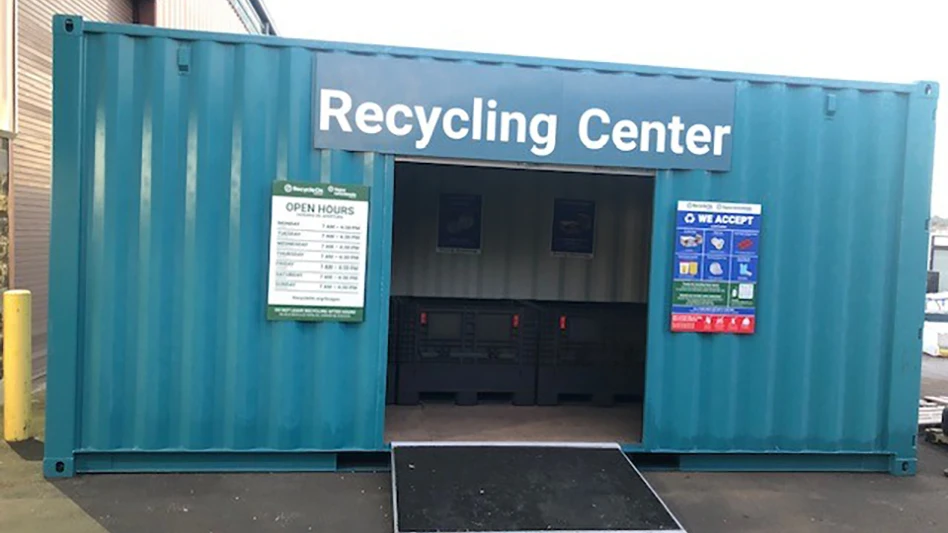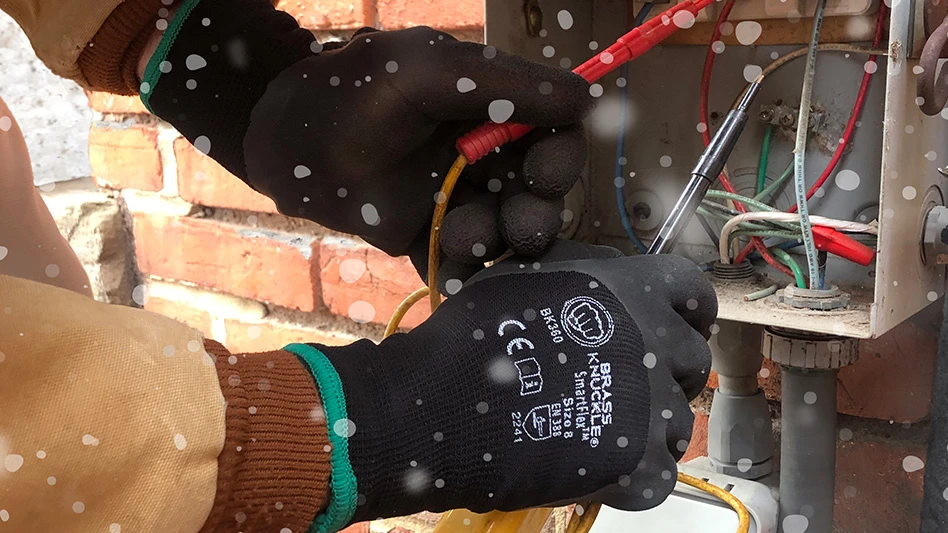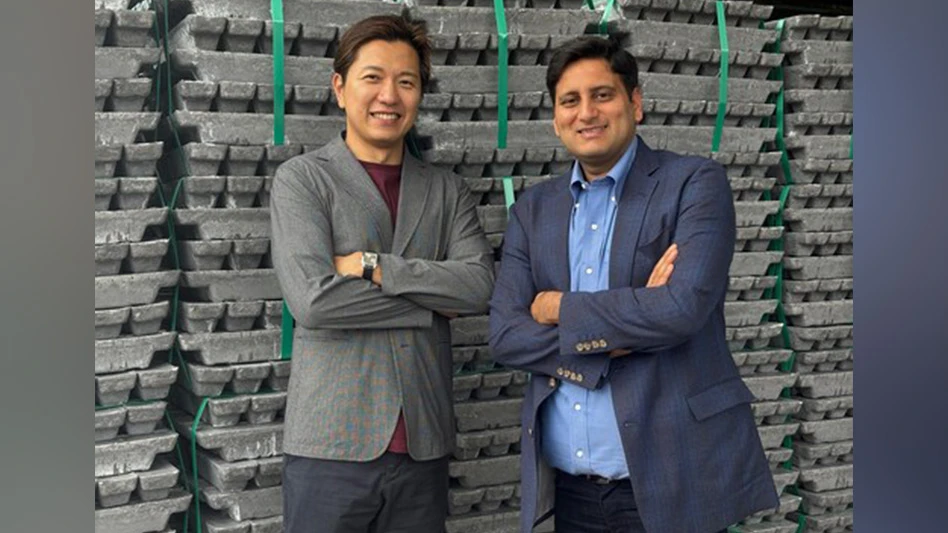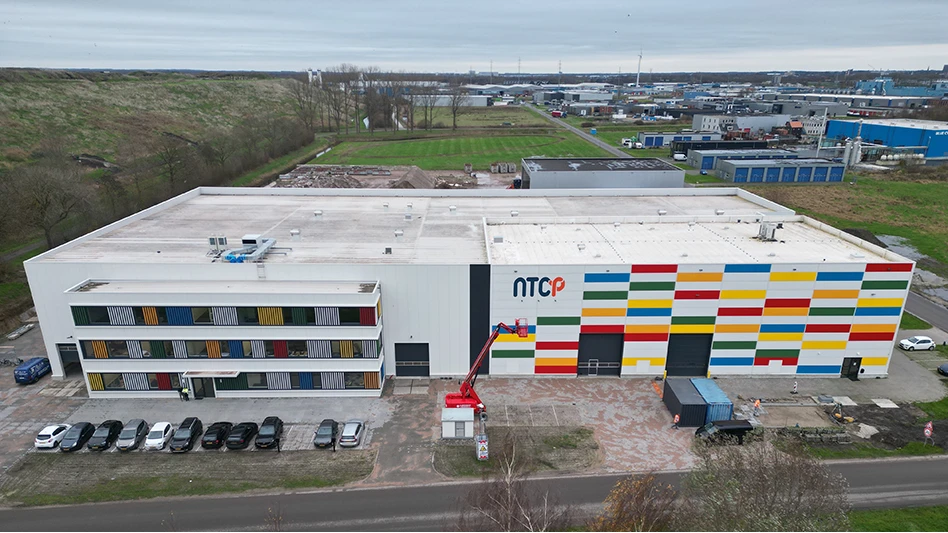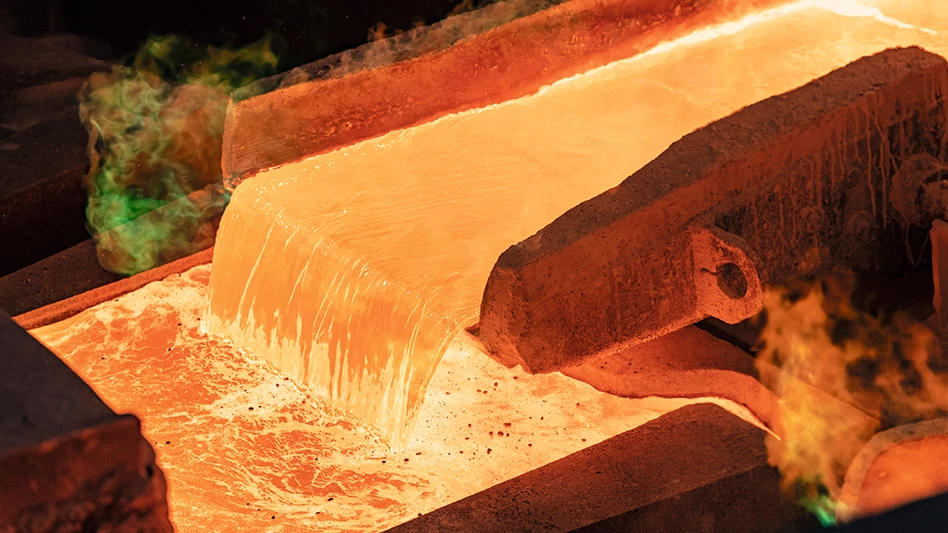.gif) |
| Manish Patel of South India Paper |
At the 2015 Paper Recycling Conference India event, held in New Delhi in late January, panelists at a session that focused on the Indian subcontinent’s regional supply potential offered comments on current restraints in India’s paper supply chain and on what changes may lie ahead.
Vijay Gupta of the Singapore office of DaiEi Papers noted that in much of the world, the production of printing and writing paper (and the supply of such scrap paper grades) has seemingly peaked. Considering that circumstance, along with India’s against-the-grain paper industry growth, “To meet India’s growth, where do we get the fiber?” he asked.
Gupta urged papermakers in India to “get away from the purchasing manager mentality” when it comes to recovered fiber and instead to take more proactive steps when seeking their supply. “Before you build a [mill], why not invest a couple of million dollars into a couple of good recycling centers near where the mill operates?” he proposed.
India’s seven largest cities will soon generate 30 percent of its recovered fiber, according to Gupta. While it may take a long time for India to reach a 60 percent recovery level nationally, the industry should consider setting its sights on serving these cities, he urged. “Such an effort should require about 150 recycling plants. It’s a good opportunity for people in the mill trade. It’s better than complaining about shipping or prices,” he stated.
Manish Patel of containerboard maker South India Paper Mills Ltd., Bangalore, India, said South India collects a tremendous amount of its own OCC (old corrugated containers). He said the 1.14 million metric tons collected in South India Paper Mills Ltd.’s operating region could indicate a recovery rate of between 82 and 90 percent.
The quality of this fiber is not especially high, added Patel, citing moisture levels as high as 14 or 15 percent and yield rates in the 84 to 85 percent range. “So what we import tops off the fiber basket from the fiber loss,” he commented.
If India is to export more manufactured goods, “it will need to produce more high-quality containerboard,” said Patel. “Are we ready for higher capacities? What would the [furnish] mix be?”
Noting that grades such as boxboard go largely uncollected in India, Patel commented that mills in India may “need to make paper with the fiber that is not as good” by upgrading their stock prep systems. “But it’s all driven by the demand for boxes,” he stated.
Jay Kedia of Cellpap Mercantile Private Limited, Mumbai, described the paper recycling infrastructure in Sri Lanka, which exports all of its recovered fiber—most of it to India.
Cellpap helps collect OCC, SOP (sorted office paper), ONP (old newspapers) and other grades in Sri Lanka, shipping some 10,000 to 12,000 tons per month, “most to South India,” according to Kedia.
Kedia referred to the collection chain as “informal,” but added, “I think collection will grow exponentially,” based in part on “positive political changes” in Sri Lanka.
Paper Recycling Conference India was held Jan. 29-30 at the Taj Palace Hotel in New Delhi.
Vijay Gupta of the Singapore office of DaiEi Papers noted that in much of the world, the production of printing and writing paper (and the supply of such scrap paper grades) has seemingly peaked. Considering that circumstance, along with India’s against-the-grain paper industry growth, “To meet India’s growth, where do we get the fiber?” he asked.
Gupta urged papermakers in India to “get away from the purchasing manager mentality” when it comes to recovered fiber and instead to take more proactive steps when seeking their supply. “Before you build a [mill], why not invest a couple of million dollars into a couple of good recycling centers near where the mill operates?” he proposed.
India’s seven largest cities will soon generate 30 percent of its recovered fiber, according to Gupta. While it may take a long time for India to reach a 60 percent recovery level nationally, the industry should consider setting its sights on serving these cities, he urged. “Such an effort should require about 150 recycling plants. It’s a good opportunity for people in the mill trade. It’s better than complaining about shipping or prices,” he stated.
Manish Patel of containerboard maker South India Paper Mills Ltd., Bangalore, India, said South India collects a tremendous amount of its own OCC (old corrugated containers). He said the 1.14 million metric tons collected in South India Paper Mills Ltd.’s operating region could indicate a recovery rate of between 82 and 90 percent.
The quality of this fiber is not especially high, added Patel, citing moisture levels as high as 14 or 15 percent and yield rates in the 84 to 85 percent range. “So what we import tops off the fiber basket from the fiber loss,” he commented.
If India is to export more manufactured goods, “it will need to produce more high-quality containerboard,” said Patel. “Are we ready for higher capacities? What would the [furnish] mix be?”
Noting that grades such as boxboard go largely uncollected in India, Patel commented that mills in India may “need to make paper with the fiber that is not as good” by upgrading their stock prep systems. “But it’s all driven by the demand for boxes,” he stated.
Jay Kedia of Cellpap Mercantile Private Limited, Mumbai, described the paper recycling infrastructure in Sri Lanka, which exports all of its recovered fiber—most of it to India.
Cellpap helps collect OCC, SOP (sorted office paper), ONP (old newspapers) and other grades in Sri Lanka, shipping some 10,000 to 12,000 tons per month, “most to South India,” according to Kedia.
Kedia referred to the collection chain as “informal,” but added, “I think collection will grow exponentially,” based in part on “positive political changes” in Sri Lanka.
Paper Recycling Conference India was held Jan. 29-30 at the Taj Palace Hotel in New Delhi.
Latest from Recycling Today
- US Steel to restart Illinois blast furnace
- AISI, Aluminum Association cite USMCA triangular trading concerns
- Nucor names new president
- DOE rare earths funding is open to recyclers
- Design for Recycling Resolution introduced
- PetStar PET recycling plant expands
- Iron Bull addresses scrap handling needs with custom hoppers
- REgroup, CP Group to build advanced MRF in Nova Scotia
